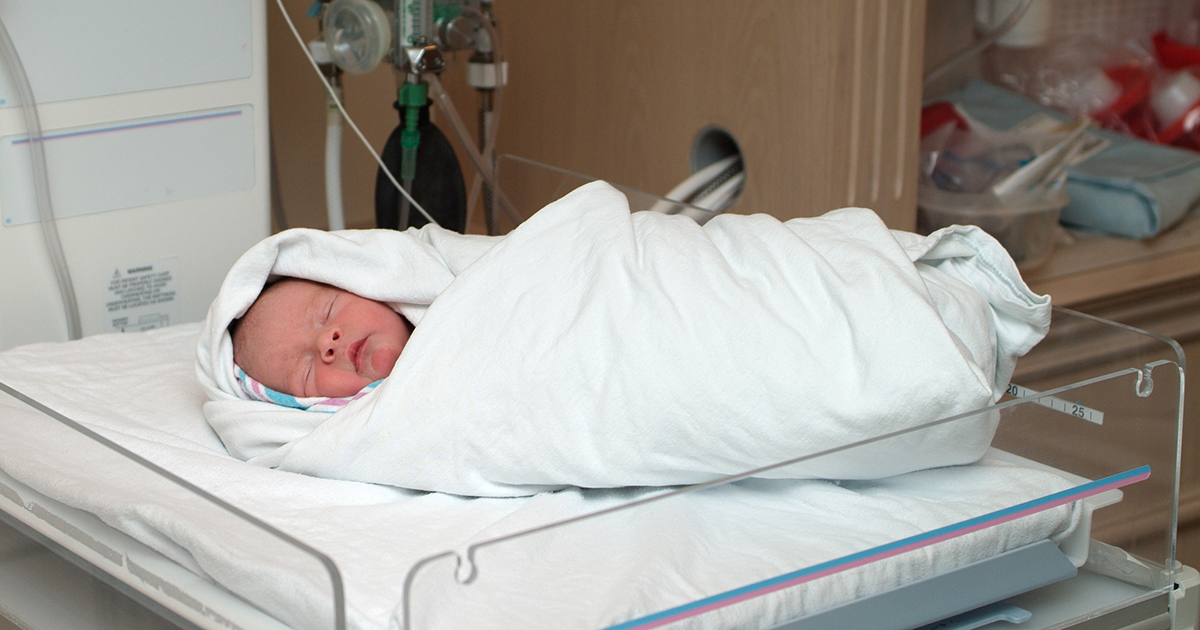Common Causes Of Alagille Syndrome
Alagille syndrome, affecting multiple systems in the body, is a relatively rare, genetic disease typically diagnosed in babies or young children. Symptoms can be life-threatening requiring organ transplants, or they can be nonexistent. Usually resulting in liver damage, it can also cause a hole between the lower ventricles of the heart, which hinders blood flow from the heart to the lungs. Facial features commonly associated with Alagille syndrome include a broad forehead, deep-set eyes, and small chin. It is caused by a mutation of the Jagged1 gene (JAG1). This gene plays a vital role in the body in cell to cell communications during development. The mutation in JAG1 is usually passed down from parent to child in an autosomal dominant fashion.
Autosomal Dominant Inheritance

Alagille syndrome is caused by autosomal dominant inheritance. Humans have twenty-three pairs of chromosomes containing specific genetic coding found in genes, and autosomal genes are in pairs on chromosomes numbered one through twenty-two. One gene is from the mother, and one is from the father. In dominant inheritance, only one copy of a mutated gene from either parent is needed to cause the disorder, but if the second copy of the same gene is normal, the mutated copy will dominate. This mutation for Alagille syndrome is found on chromosome 20 and particularly with the gene called Jagged1, which is in charge of cell to cell communication during embryonic development. This communication is important in determining what organ or tissue the cells will become. Because of the mutation to this gene, communications between cells are mixed or lost completely.
Notch Signaling Pathway

The Notch signaling pathway is the system in which cells communicate with each other during development. This occurs in almost all multicellular organisms. Notch receptors are present on all cells, and the transfer of information is dependent upon calcium. A ligand from one cell connects to the Jagged-1 protein on another cell or the Notch receptor. There is a single pass of information through the protein into the cell, where a part of the protein cuts off and takes the information to the cell’s nucleus., which determines and regulates what the cell will become. When mutations occur, the cells develop abnormally causing the symptoms associated with Alagille syndrome.
Jagged1 Gene

Also called the JAG1, this gene creates a protein called Jagged-1, which goes through the cellular membrane and remains inside and outside of the cell. It can connect to proteins, or ligands, from other cells, carrying their messages on to the cell’s nucleus. Jagged-1 has an extracellular part that connects to the ligand, as well as an intracellular part that receives the message from the other cell and transports it to the nucleus. When there is a mutation with JAG1, therefore mutating the protein Jagged-1, messages from one cell to another are misread. When these messages are misinterpreted or unreceived, the cell’s original function can be damaged or lost completely, which is what happens in the liver in Alagille syndrome. Because of miscommunications between cells, the bile ducts are deformed or simply not there.
Scarring In The Liver

Scarring in the liver is caused by the bile ducts being malformed or nonexistent. Bile is unable to travel through the ducts into the duodenum, and it backs up into the liver. This bile build-up causes scarring and prevents the liver from working normally. When the liver is not functioning correctly, patients become jaundiced, which means they have a yellow tinge the whites of their eyes and their skin. Severely itchy skin is also a sign bile has built up in the liver. Malnutrition can also occur since bile is needed to break down fats before the body can absorb them. When fat cannot be broken down, fat-soluble vitamins cannot be absorbed resulting in a deficiency. A liver transplant may be needed for survival in extreme cases.
De Novo Mutation

Another way Alagille syndrome is caused is by de novo mutation, which is a first-time mutation to a gene. In other words, this is a genetic mutation that has not been passed down from a parent. If Alagille syndrome is caused in this way, it is unlikely any other family members will also be afflicted. It is estimated fifty to seventy percent of cases are caused by de novo mutation and thirty to fifty percent are inherited. If a family member is known to have Alagille syndrome, prenatal testing is available to find out if the child has an increased risk of acquiring it. However, these tests cannot determine if or how badly the child is affected.
